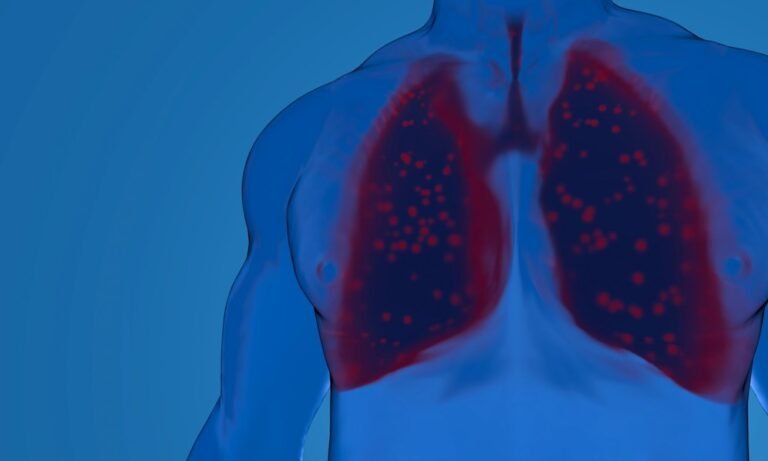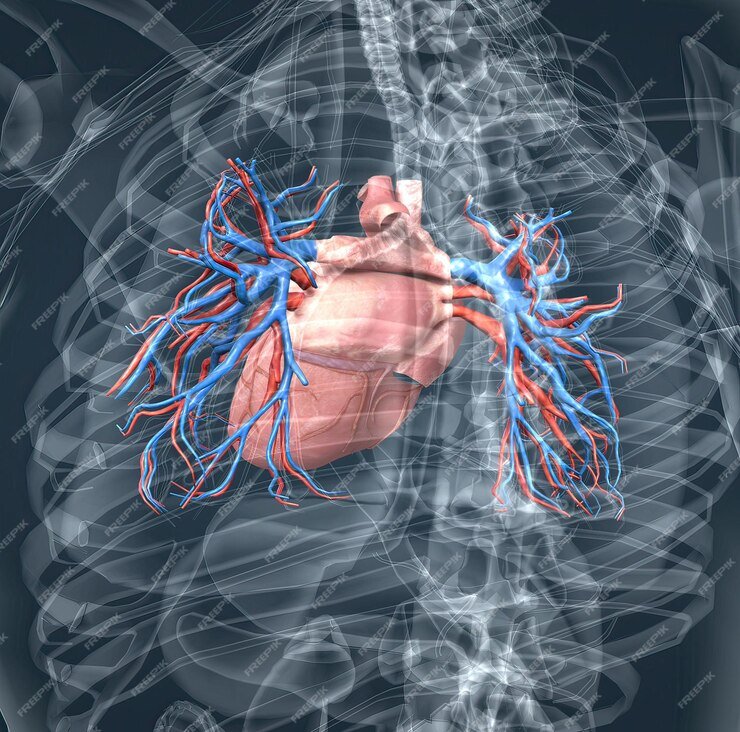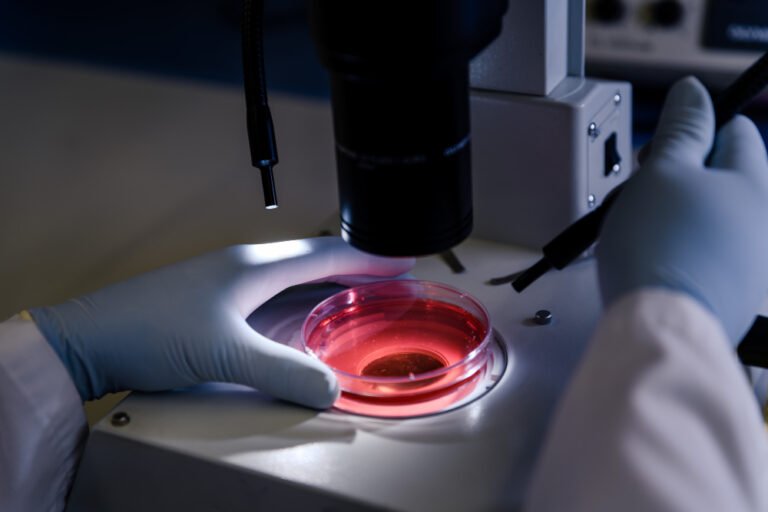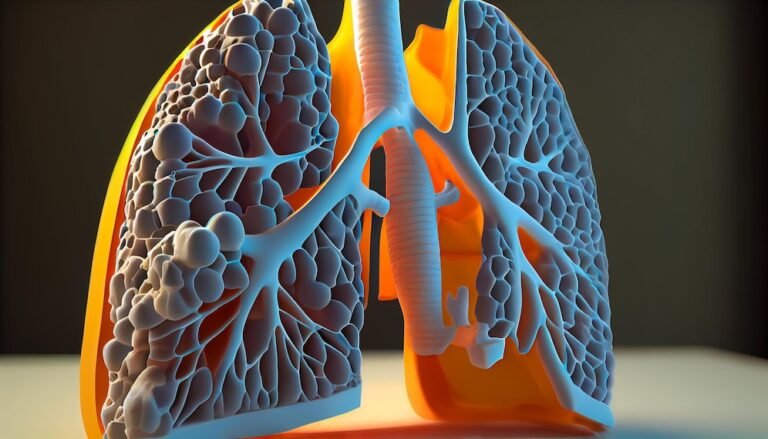Navigating Health: An In-Depth Guide to Pleural Tapping.
Pleural tapping, medically known as thoracentesis, is a diagnostic and therapeutic procedure used to address conditions affecting the pleural space surrounding the lungs. This minimally invasive technique involves the removal of excess fluid or air from the pleural cavity, providing valuable insights into the underlying causes of respiratory issues and offering relief to individuals experiencing symptoms related to pleural effusion or pneumothorax. In this article, we delve into the intricacies of pleural tapping, its uses, procedure, and considerations.
To More About It Please Click Here
Understanding Pleural Effusion and Pneumothorax
Before delving into pleural tapping, it’s essential to comprehend the conditions it aims to address. Pleural effusion occurs when an abnormal accumulation of fluid builds up in the pleural space, the thin fluid-filled membrane surrounding the lungs. Pneumothorax, on the other hand, involves the presence of air in the pleural cavity, leading to lung collapse. Both conditions can cause significant respiratory distress, prompting the need for diagnostic and therapeutic interventions.
The Purpose of Pleural Tapping
- Diagnostic Tool: Pleural tapping serves as a crucial diagnostic tool to identify the underlying causes of pleural effusion or pneumothorax. Analysis of the extracted fluid can reveal the presence of infection, inflammation, cancer cells, or other abnormalities, guiding healthcare professionals in formulating an accurate diagnosis.
- Therapeutic Intervention: Beyond diagnosis, pleural tapping has therapeutic benefits. Removing excess fluid or air helps alleviate symptoms such as shortness of breath and chest pain. In cases of recurrent pleural effusion, the procedure can be a recurring measure to manage symptoms and improve the patient’s quality of life.
The Procedure
- Patient Preparation: Before pleural tapping, patients typically undergo a thorough medical evaluation, including imaging studies to determine the precise location and extent of fluid or air accumulation. The procedure is often performed in a clinical setting, with patients either sitting upright or lying on their side.
- Local Anesthesia: To minimize discomfort, the skin over the targeted area is numbed with a local anesthetic. This ensures that the patient experiences minimal pain during the procedure.
- Insertion of a Needle or Catheter: A thin needle or catheter is then carefully inserted through the chest wall into the pleural space. This can be guided by imaging techniques such as ultrasound or CT scans to enhance precision.
- Fluid or Air Extraction: Once the needle or catheter is in place, excess fluid or air is slowly withdrawn. The extracted material is collected for analysis, providing valuable information about the underlying condition.
Considerations and Risks
While pleural tapping is generally considered safe, there are certain considerations and potential risks associated with the procedure. These may include infection, bleeding, and, rarely, damage to nearby structures. Healthcare professionals carefully weigh the benefits against the risks and tailor the procedure to the individual patient’s needs.
To More About It Please Click Here
Conclusion
Pleural tapping plays a crucial role in both diagnosing and managing conditions affecting the pleural space. As a versatile and minimally invasive procedure, it provides valuable information for healthcare professionals to formulate accurate diagnoses and offers relief to individuals experiencing respiratory distress. With advancements in medical technology and a focus on patient comfort, pleural tapping continues to be a vital component of respiratory care, contributing to improved outcomes and enhanced quality of life for those affected by pleural effusion or pneumothorax. If recommended by a healthcare professional, undergoing pleural tapping can be a pivotal step toward understanding and addressing respiratory issues.








